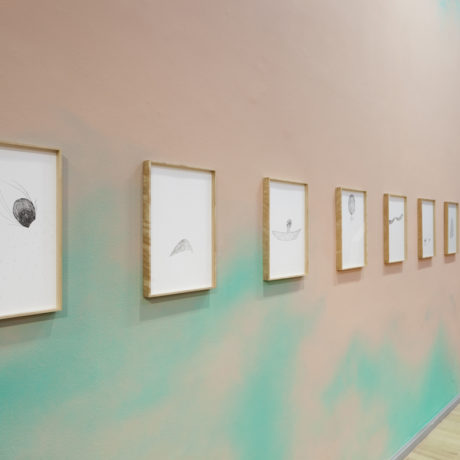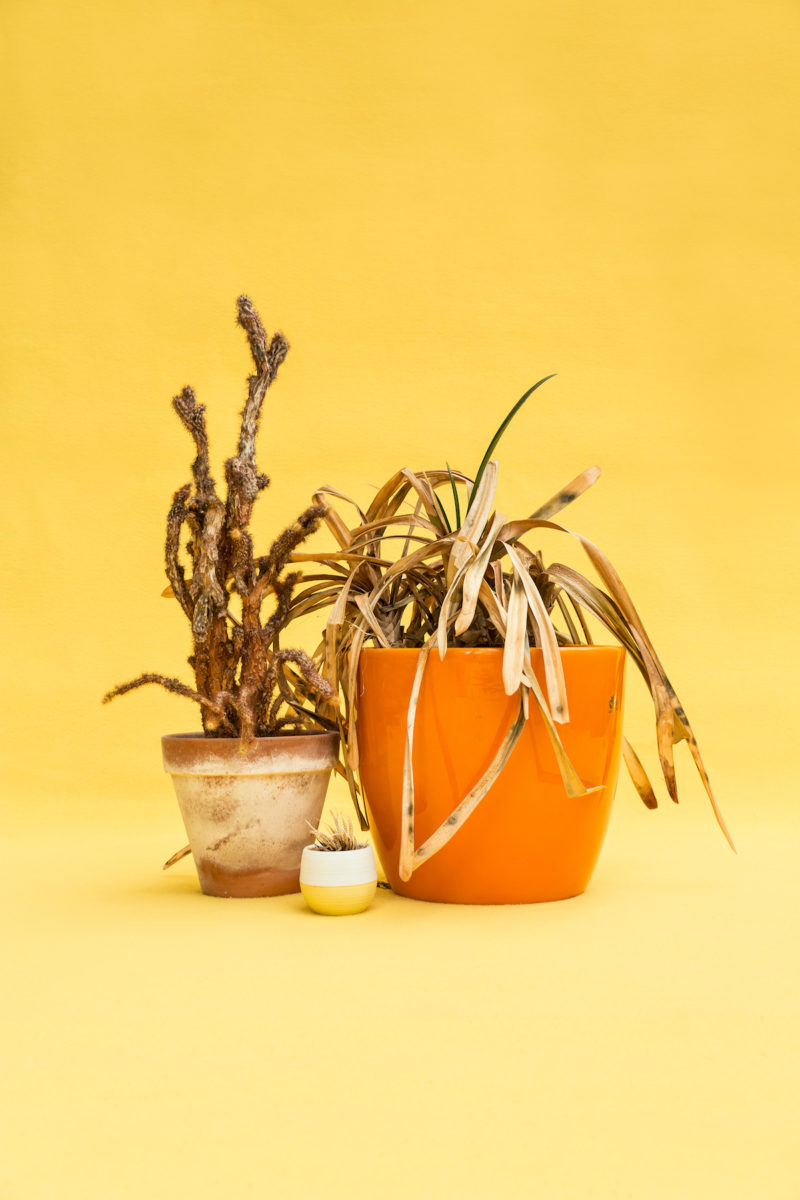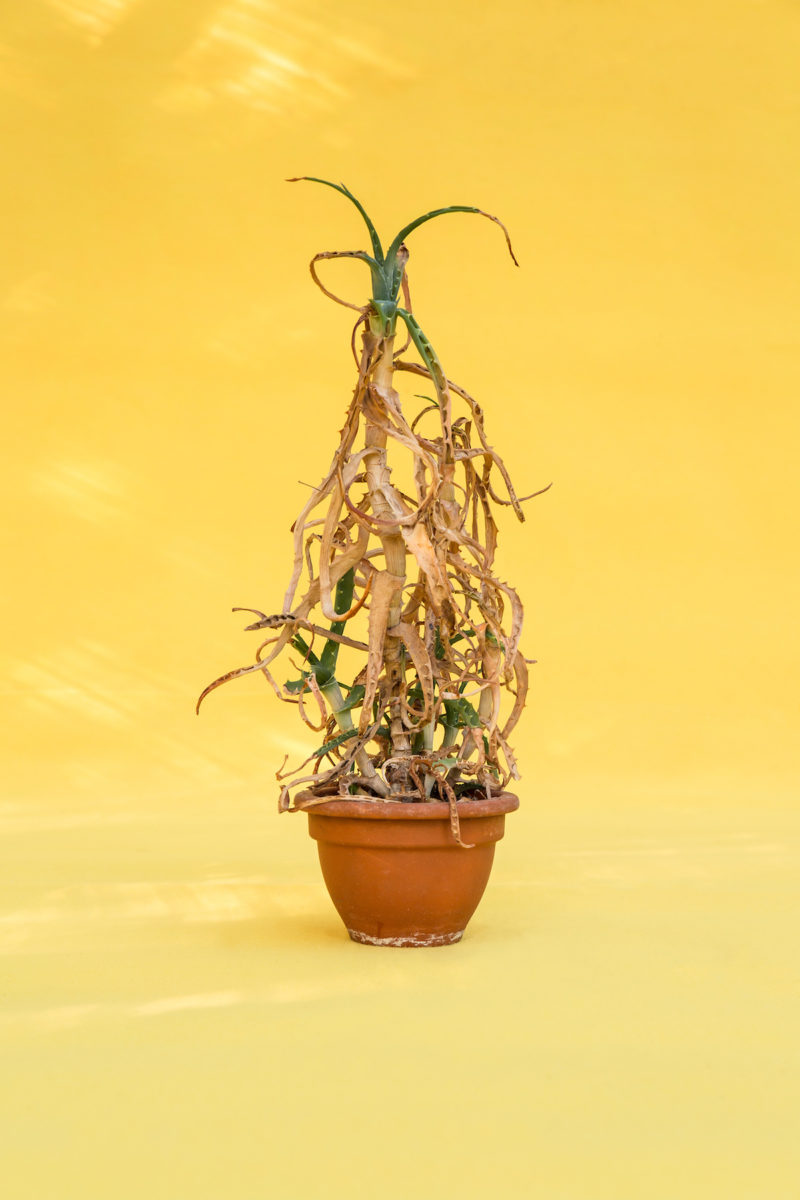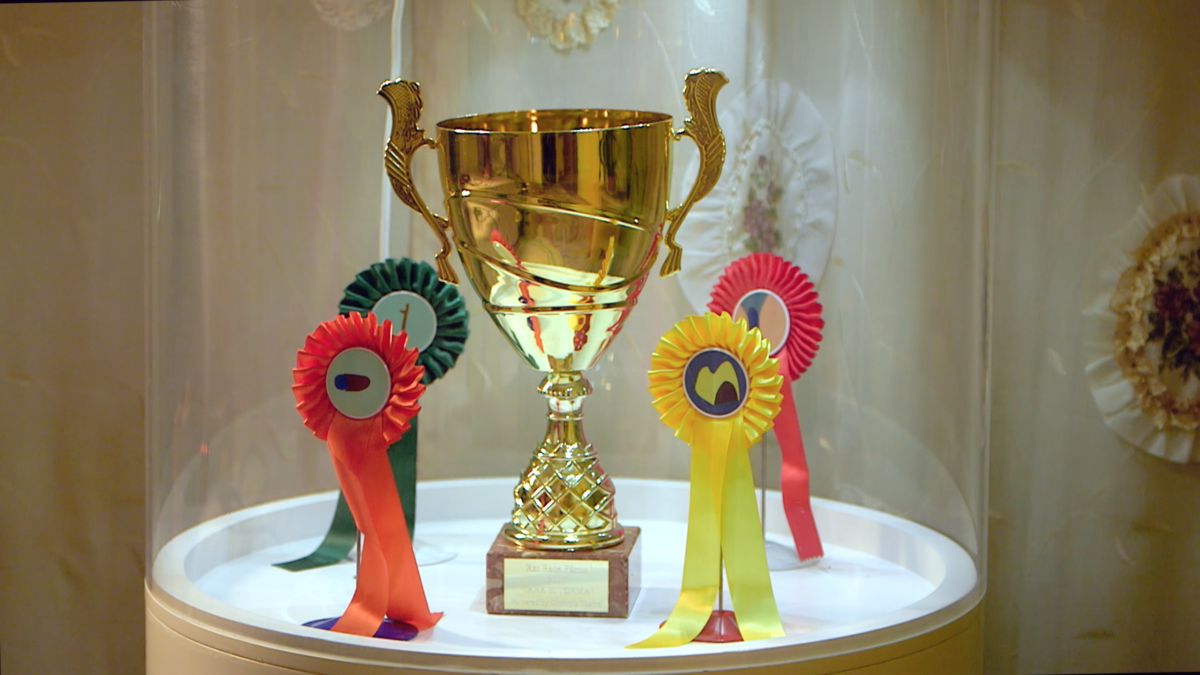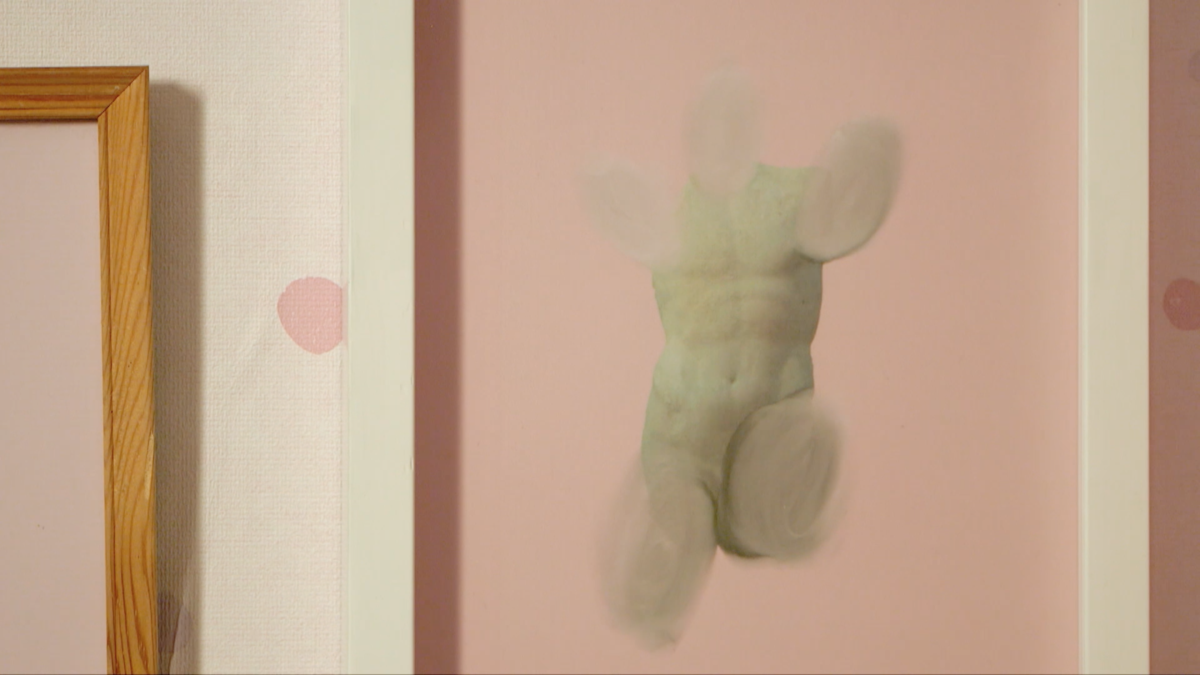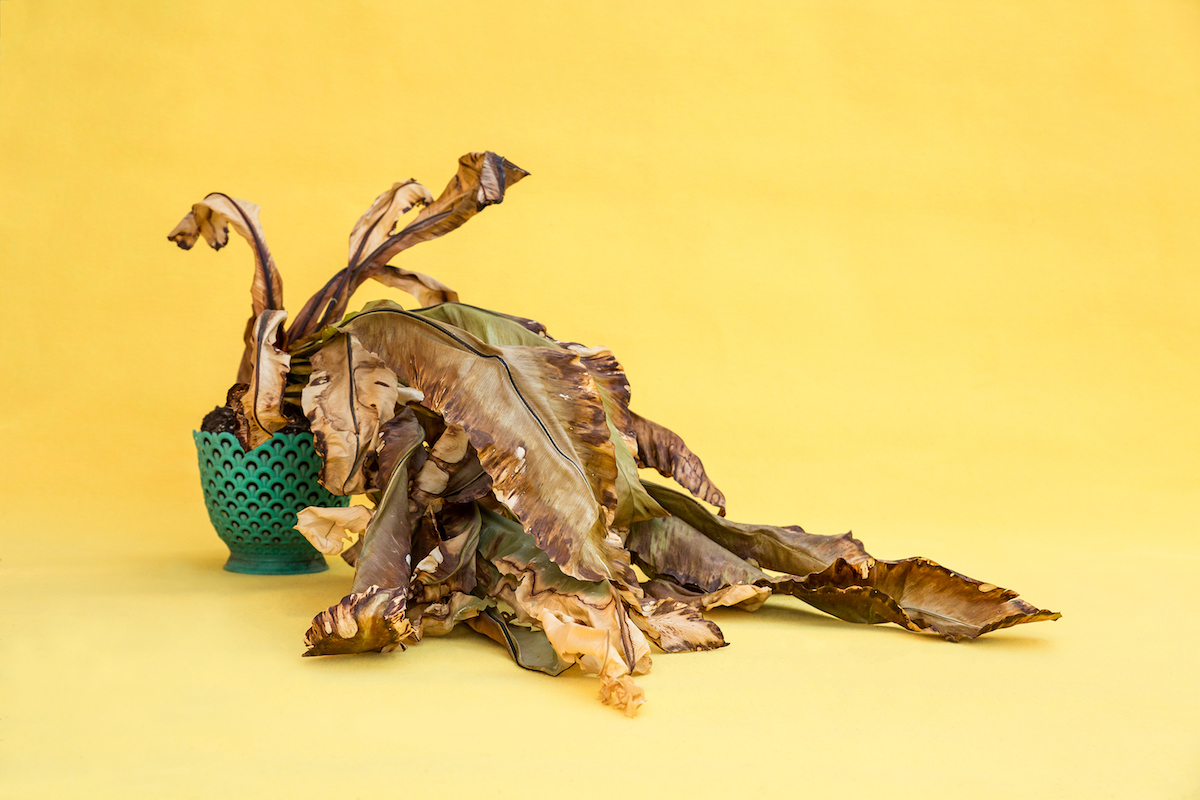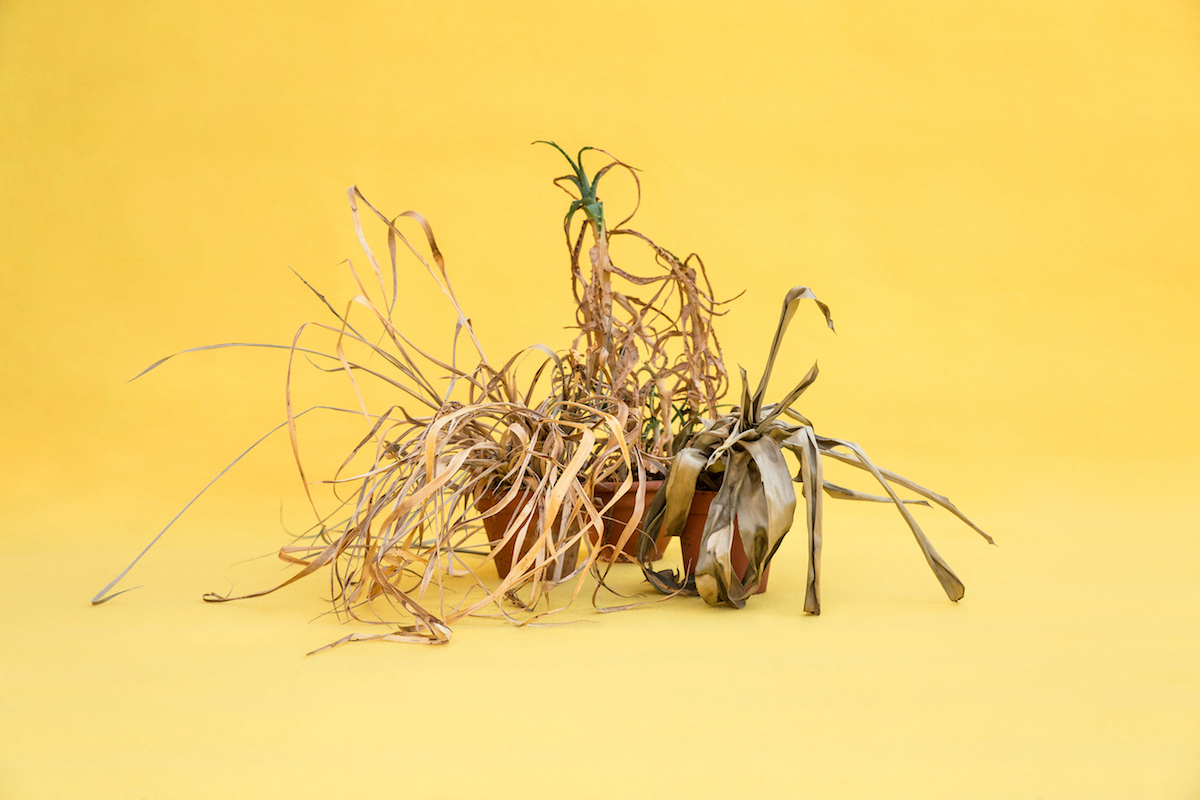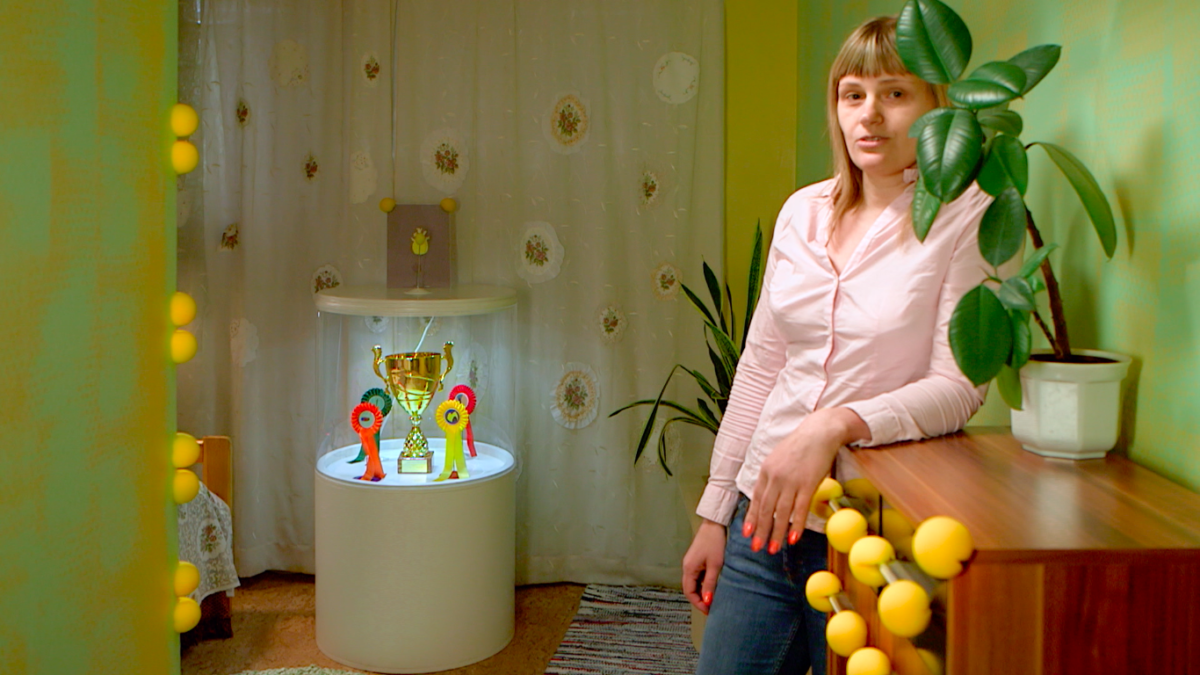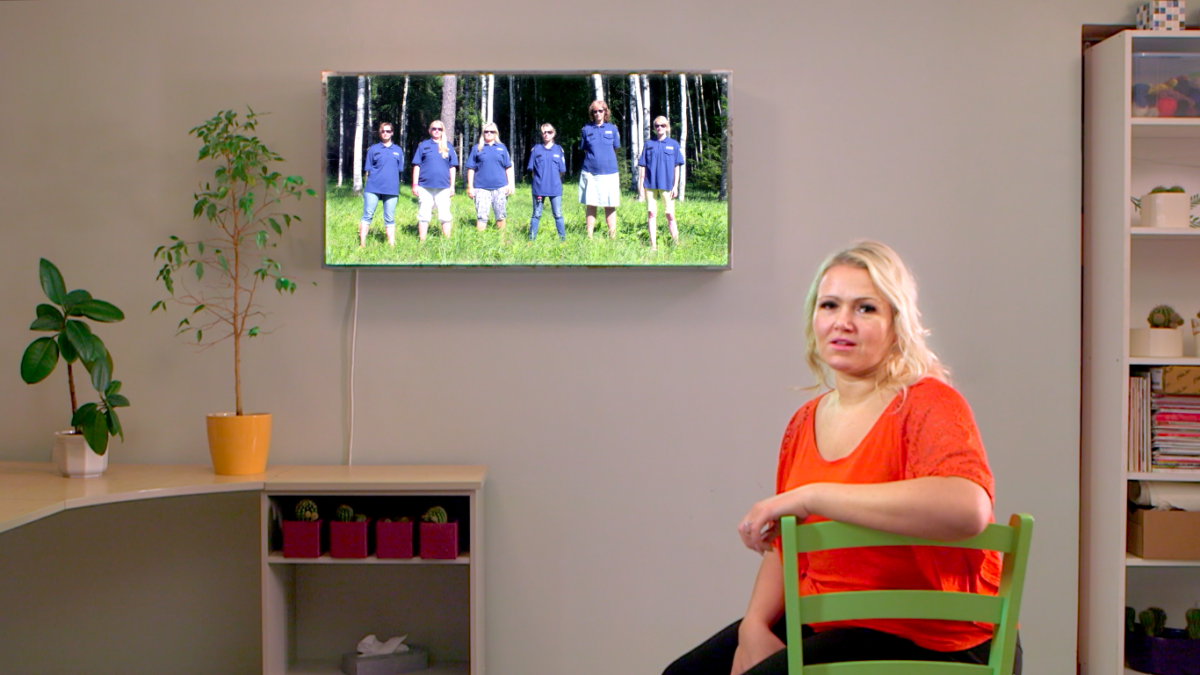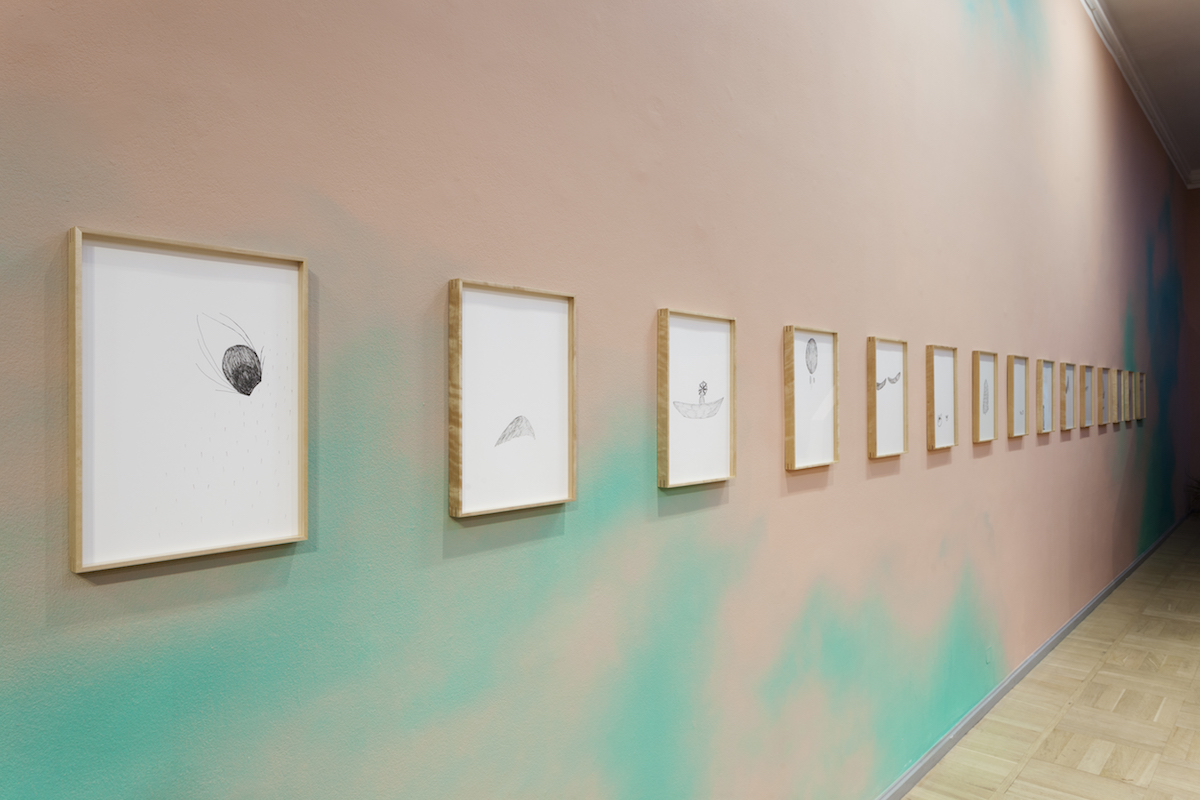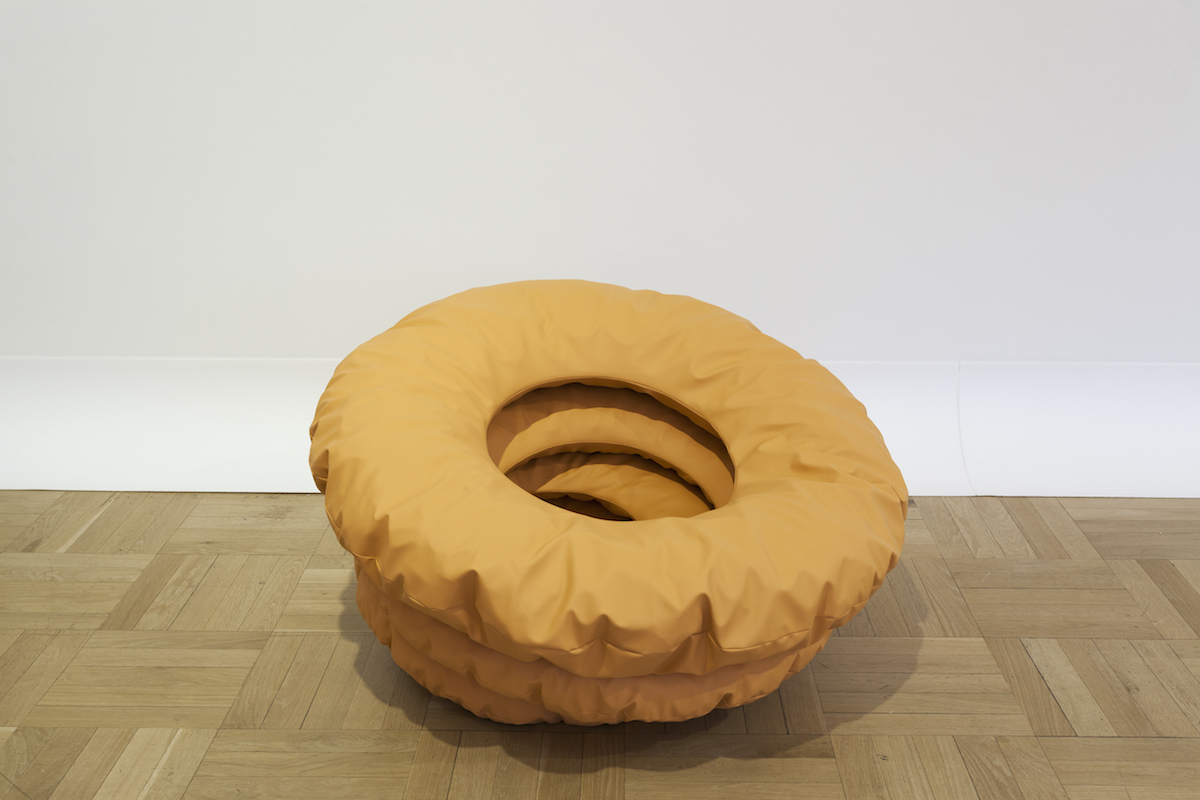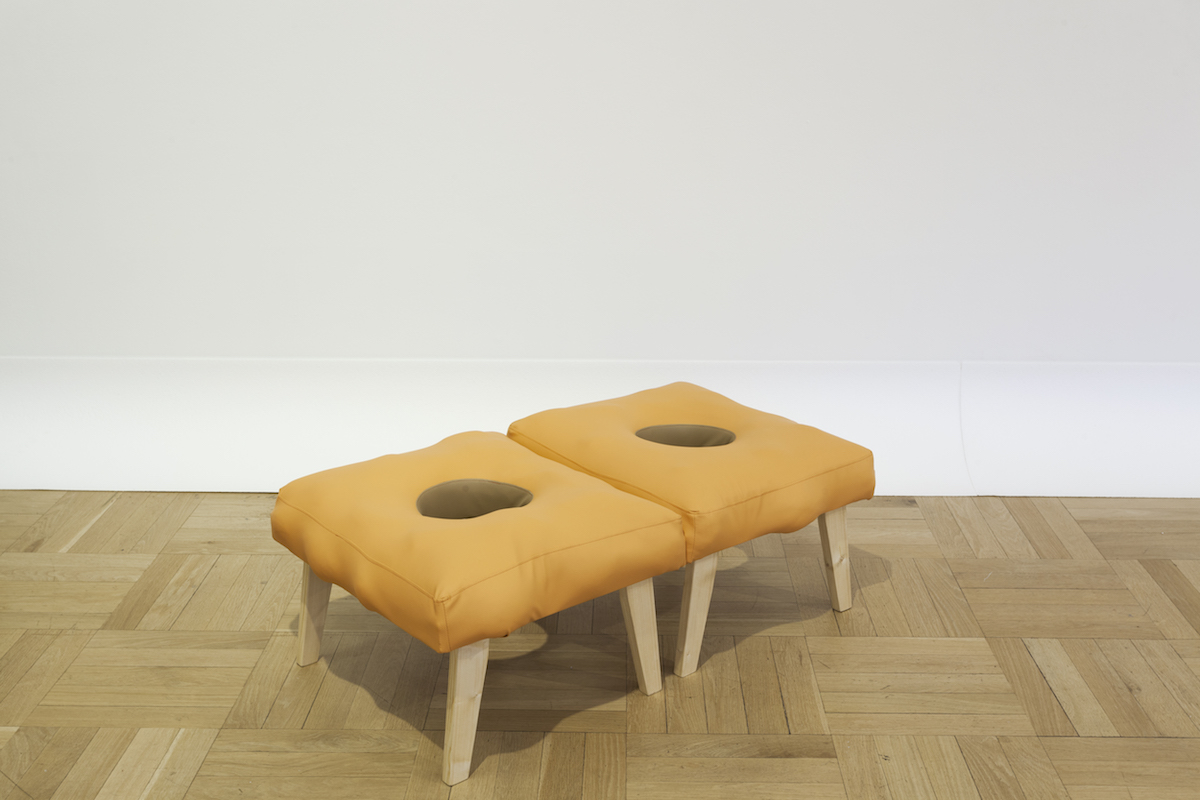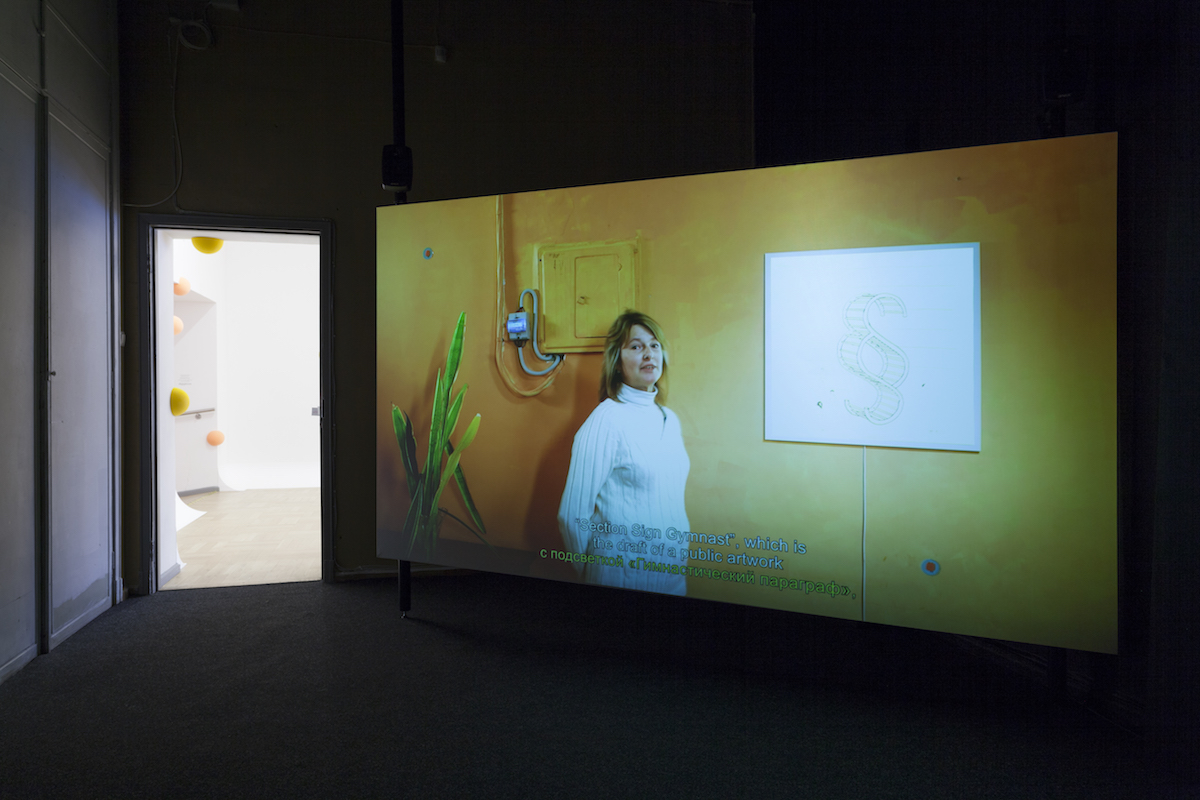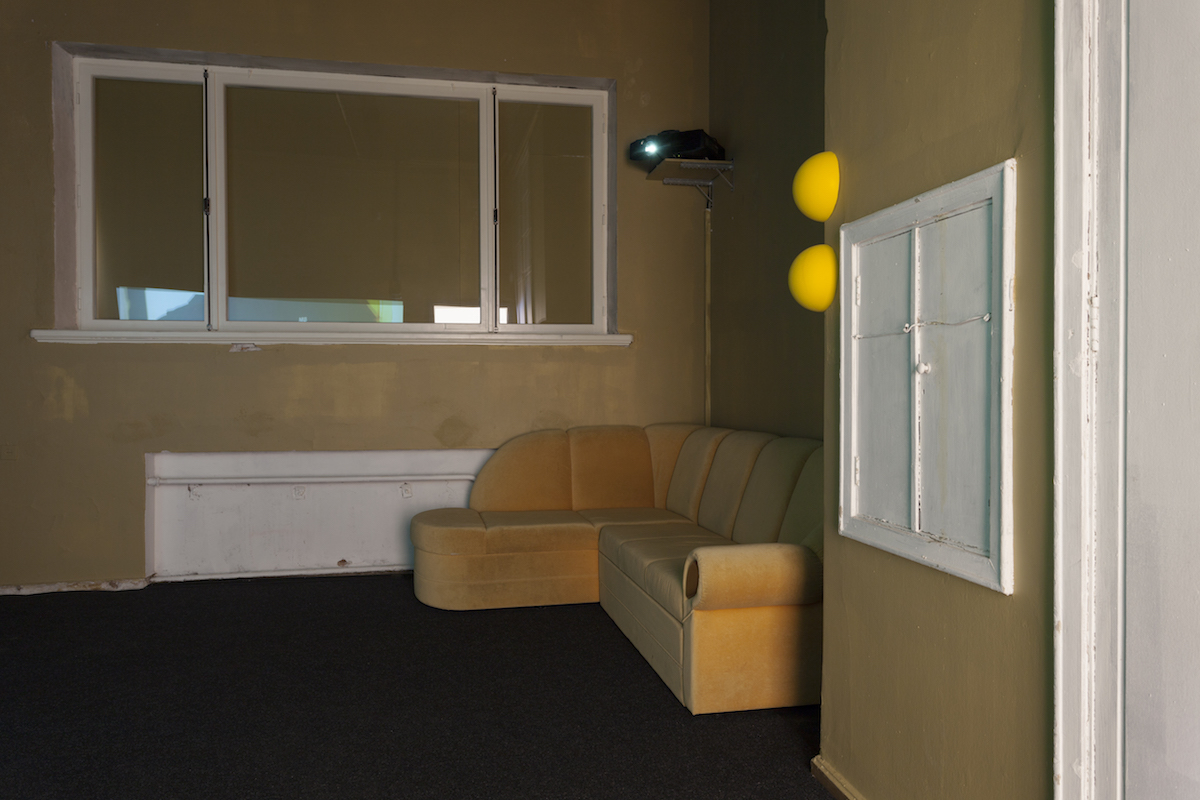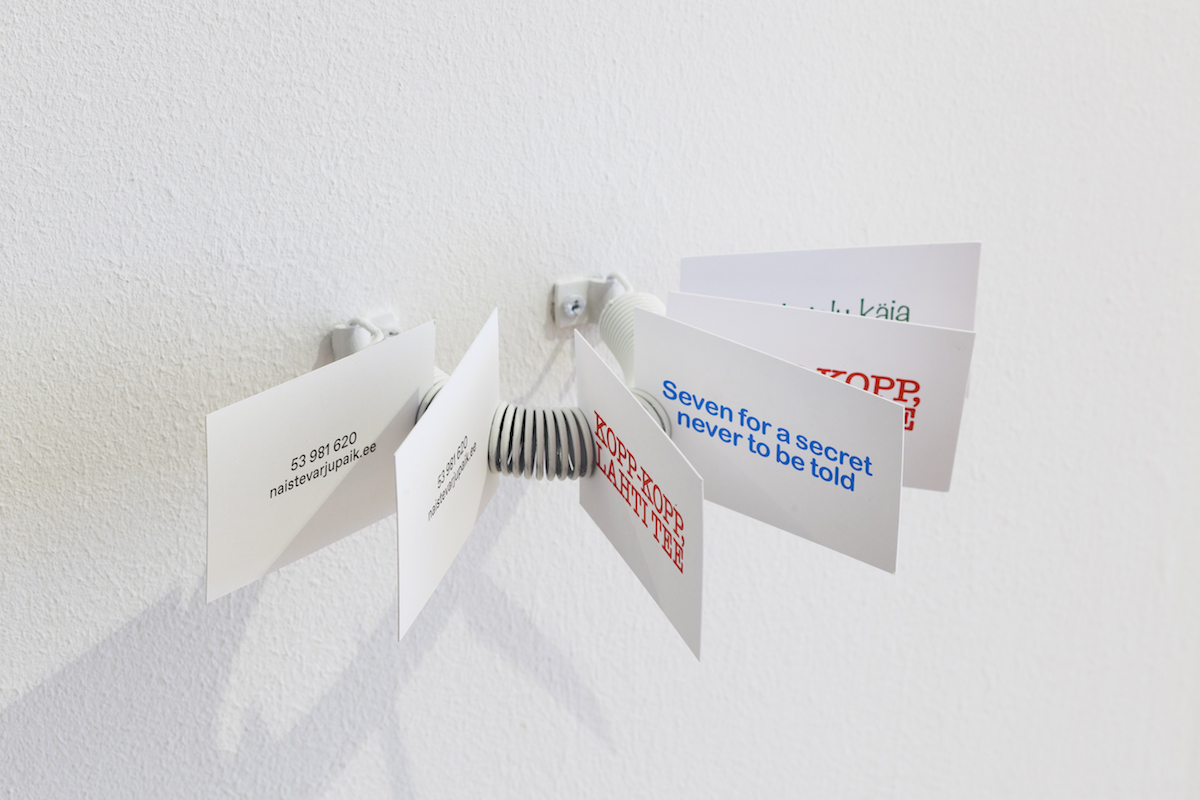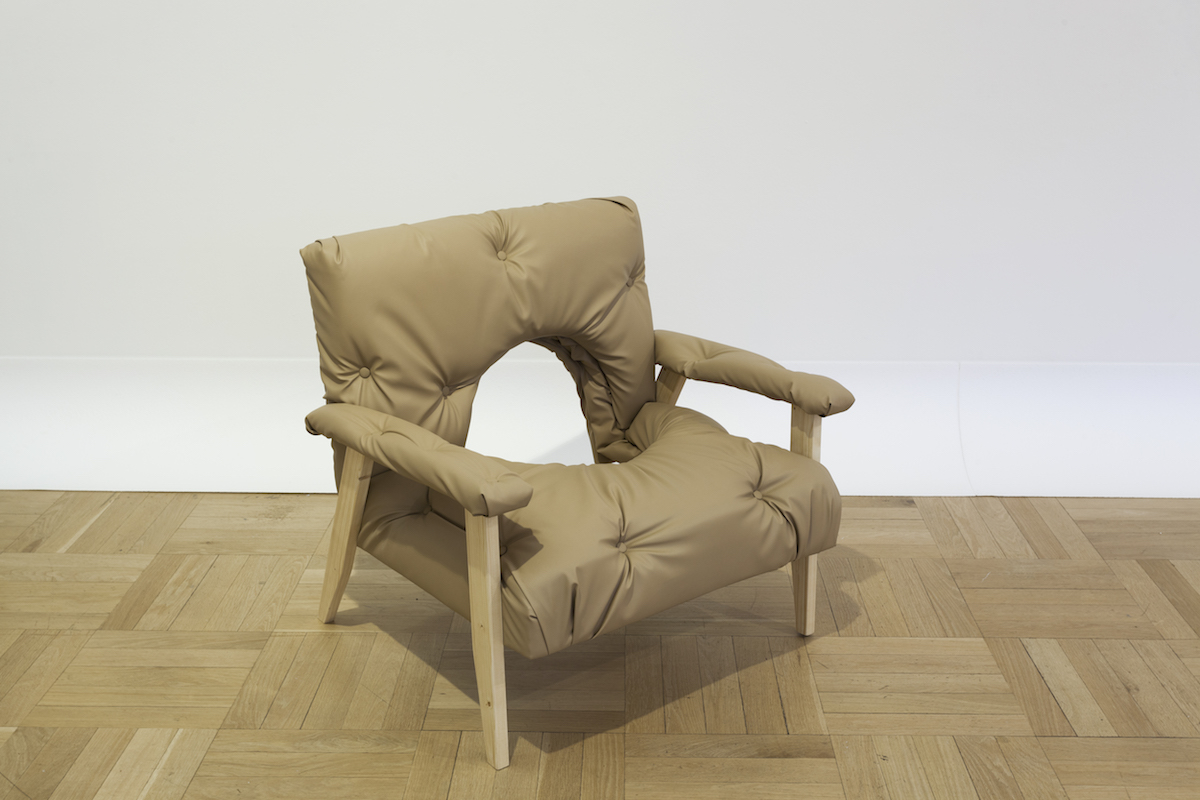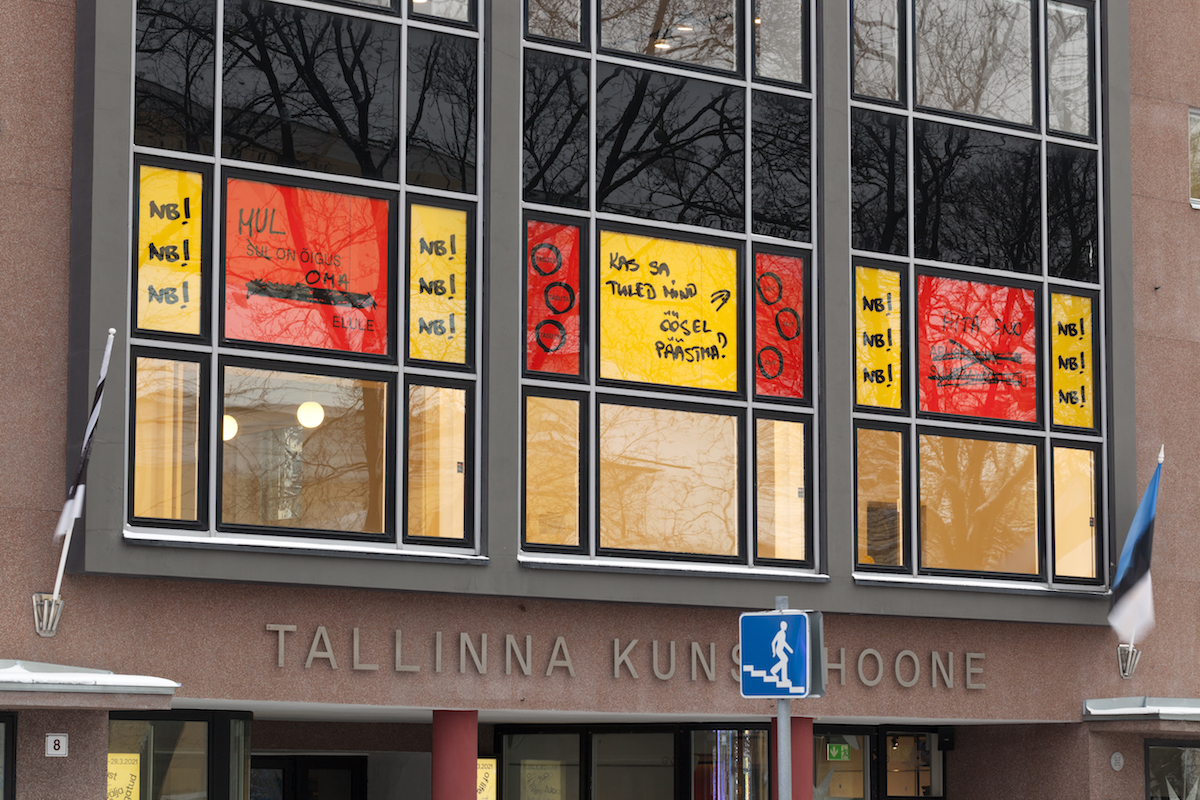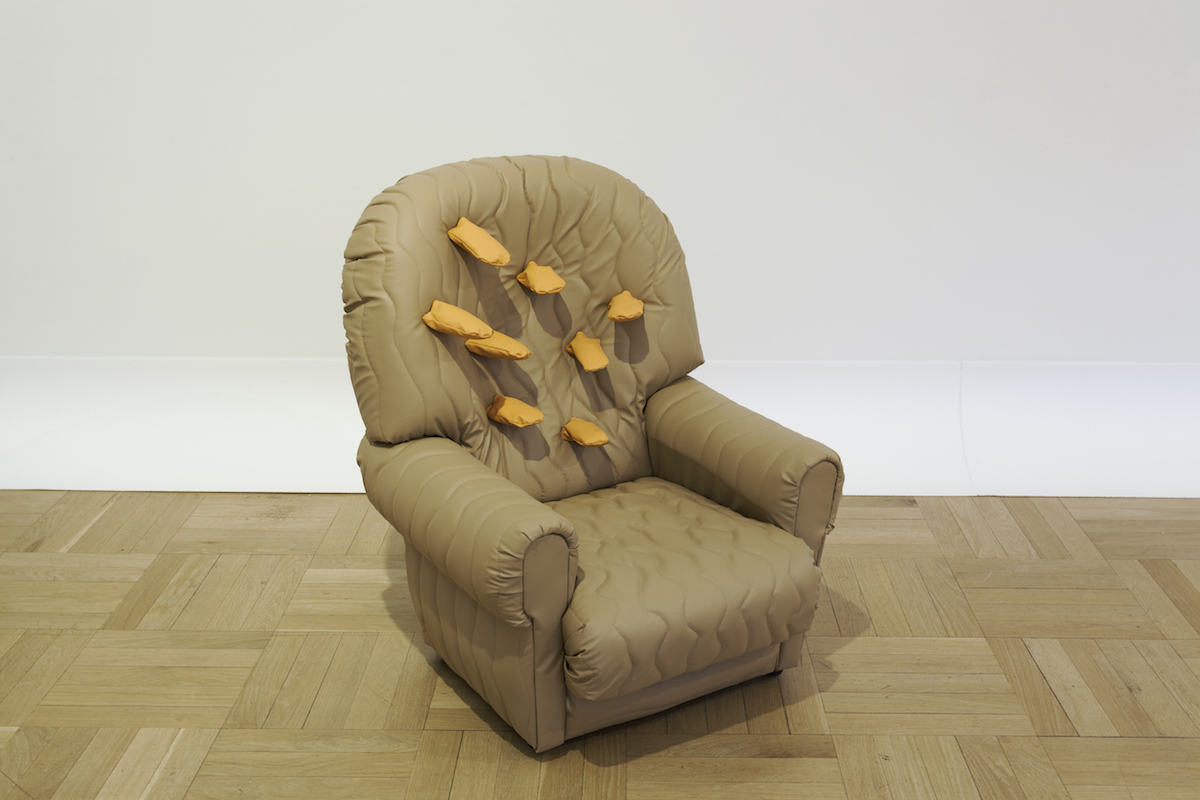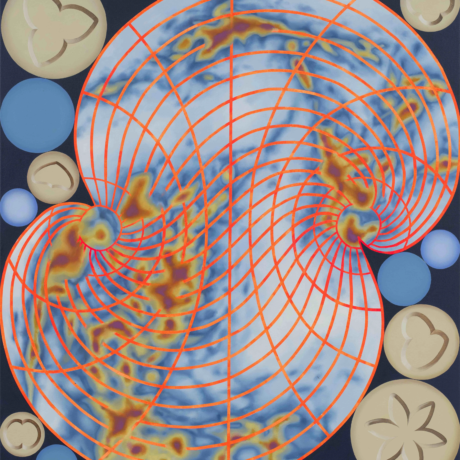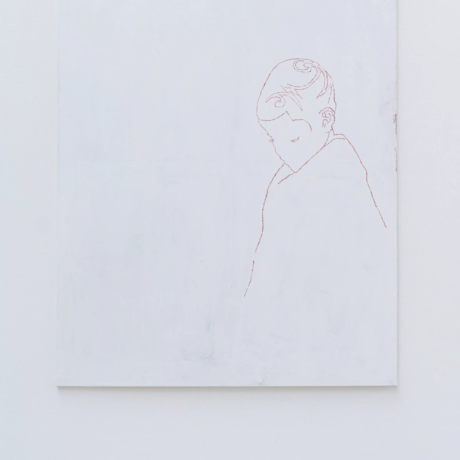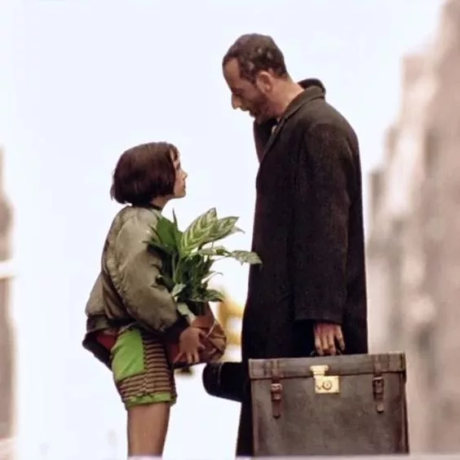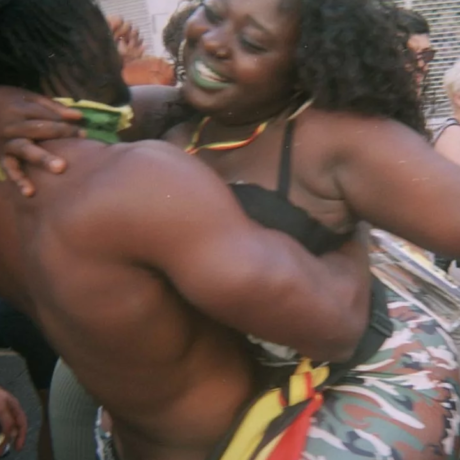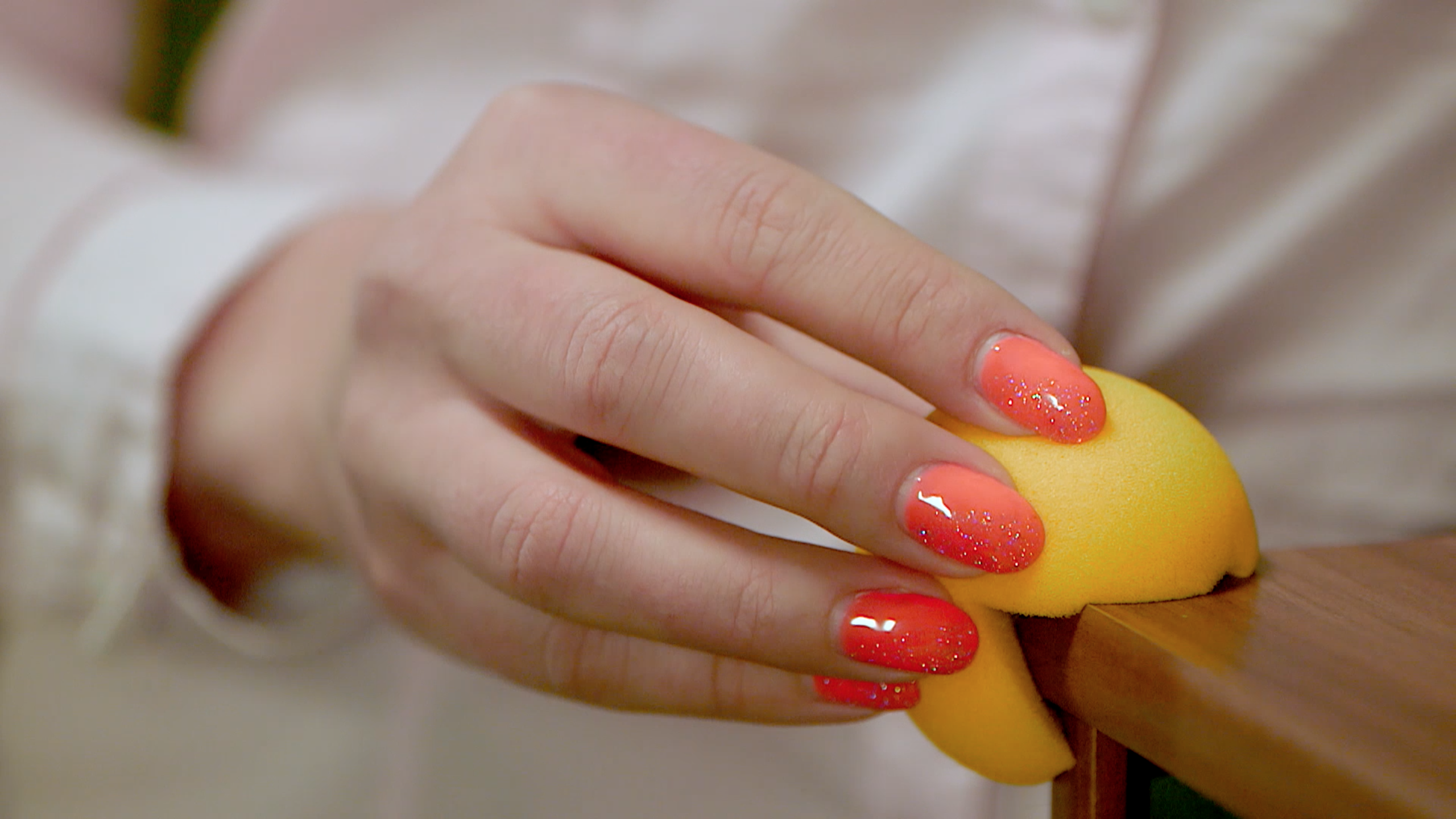
Flo Kasearu’s new exhibition Cut Out of Life is pertinent, opening at Tallinn Art Hall amidst a global domestic violence crisis fuelled by multiple lockdowns. With playfulness and wit, the Estonian artist has long tackled serious issues in her unique way, and domestic abuse has been at the centre of her thinking for about ten years, since 2009 when her mother, Margo Orupõld, opened a women’s shelter in the city of Pärnu. “During lockdown, people’s psychology is so tender and it can be easier for things to turn violent,” she tells me.
Her new show draws on 2018 project Festival of the Shelter, in which she worked with women who had fled violent situations and hosted an exhibition within a space that was only visible to them. In both shows, familiar but modified physical objects act as literal and metaphorical sites: the chairs in her installation, for instance, have two sides to demonstrate that women often feel unable to leave violent situations. They also demonstrate that nothing is binary: while lockdown has made many situations worse, “isolation can also be a trigger to leave: before, husbands went to work, came home and that was enough,” the artist points out. “But now that they’re together all the time, women realise more quickly that they can’t stand it anymore. I’m a positive person, so I look for the good things.”
“During lockdown, people’s psychology is so tender and it can be easier for things to turn violent”
Framed letters, written by the children of abused women, line the staircase at Tallinn Art Hall: one was written by a six-year-old to her mother, and suggests that the child was ready to break up the dysfunctional family unit before the mother, who felt the trio should remain together for the sake of the infant. The wall text for the show has been designed to emulate court papers, and much of the space is filled with dried plants in an installation titled Violence Grows in Silence. Kasaeru explains that in Estonia, domestic abuse is often represented in the media using violent, reactive images, such as a fist, and a woman cowering in the corner. She decided on dead and dying house plants as a more fitting visual representation, as they are found in most homes, and are loaded with questions of care and neglect.
- Flo Kasearu, Cut out of Life at Tallinn Art Hall, 2021
Can you tell me more about the Festival of the Shelter project, and how it relates to Cut Out of Life?
In Estonia, the shelters’ addresses are secret, so very few people know exactly where they are. I did an exhibition in one of them, so only the women who needed this service could visit; it was only for them, and of course a few officials. Domestic violence is a huge problem in Estonia: every fourth woman is domestically abused.
In the new exhibition, I am representing the shelter and the support group. One installation title, Changing the Pattern, highlights that the biggest thing victims can do is change their pattern; to come out and end these violent relationships. Many of them don’t want to because of their family, or because they won’t have a home; they might think their children need both parents, so they don’t end things. For this work I changed the room, and added physical soft corners to the space. It is a metaphor but it’s also very literal: corners can be hurtful, and victims of abuse often make excuses for physical injuries.
The general aim of the exhibition is to literally point things out, but also show that nothing [in these situations] is black and white. The corners are still sharp, but have been softened; the plants were alive but are dead. There are two sides: the victim and the perpetrator. The chairs in the therapy room have two sides to demonstrate that.
- Flo Kasearu, Festival of the Shelter, 2018
Much of your work deals with quite big, and often very serious topics. Can you tell me a bit more about the role of humour in your art?
Domestic violence is a very serious topic, but at the same time, I bring a lot of colours in. As an artist I have always used humour; it is who I am as a person. Dry art is just not my cup of tea: I always need to have a humorous layer in there, it’s part of my aesthetic. That’s why I call the work tragicomedy: if it was only tragedy, it would be too sad. I think the comedy helps; it brings out the tragedy even more because of the contrast.
The title of my new exhibition is also the name of a series of 10 pieces I made using cutouts. Each one represents a perpetrator in Daily Wisdom for Why Does He Do That?: a book by Lundy Bancroft, who is an American psychologist dealing with domestic violence. They are divided into names like Terrorist, Playboy, Mr Right, Mr Sensitive, The Victim (because some perpetrators think they’re actually victims), Drill Sergeant, and there’s also the mentally ill or addicted abuser. The cutouts look quite cute, which refers to the fact that in the media—in Estonian society, at least—if someone comes out and says they’re the victim of violence, the media treats the abuser very softly, almost as if they had the right.
“I think the comedy helps; it brings out the tragedy even more because of the contrast”
- Flo Kasearu, Cut out of Life at Tallinn Art Hall, 2021
How did the women in the shelter react to the art that you made?
The reaction was good. Many works in this exhibition were inspired by different activities we did together in the shelter. In a drawing session we had, one woman drew herself on A4 paper; she put herself in the corner, about half a centimetre big. That’s why I thought I’d create a series of drawings showing fears as very small things in the corner of the paper. There was a big trophy sculpture in the kitchen at The Festival of the Shelter which came from the women too: it’s created using a technique of braiding old newspapers together, a bit like papier maché, that they use to make gifts for friends.
For some of the women, the art sessions were definitely a struggle: blank paper can be really scary for some people because the work really does mirror themselves and their situation. When they come to the shelter, and to the support group, most women can’t just throw themselves onto the paper: many feel totally lost. My mother teaches them to relearn the little things that they are able to do in order to regain their identities and their courage, and show them that they’re capable of doing things. They do a lot of different creative therapeutic activities, things like baking for instance.
- Flo Kasearu, Festival of the Shelter, 2018
“Blank paper can be really scary for some people because the work really does mirror themselves”
It’s interesting that this exhibition about very personal, small domestic spaces was first explored in a show only open to those who worked on it. It’s very intimate in both the themes it explores, and the literal physical space it was shown in. How does it feel now you are showing in a space specifically designed to ‘exhibit’ work to the public?
It’s very conceptual. Very few people saw the show, but at the same time, the shelter was the right place to do it. I like that twist. I also have my own ‘house museum’; I like to deal with spaces that aren’t traditional gallery spaces. I’m very interested in different spaces: not white cube galleries, but the streets; different public spaces; also semi-public spaces. But at the same time, if I only do those sort of shows, I can’t talk about this important topic on a large scale. Tallinn Art Hall usually has white walls: now the big hall doesn’t look at all like a museum space… it’s full of plants. My aim was to make the space itself into an installation and not just put art on the walls, but make the rooms represent emotions, to show the different stages that the women go through. Some rooms look more like a theatre setting.

Your work has dealt with issues such as freedom, domestic violence, patriotism and nationalism. Do you think that artists have a duty to talk about these topics, which affect everybody?
Definitely not. I don’t think that artists have any specific duty. Artists are all very different. When you hear those issues they can sound boring; I would say I use them much more playfully. I have a curiosity. I don’t have a studio, I work in my living room, so life always comes into things. Some artists go to the studio and can have their own world there. I don’t have this, but I am really interested in things happening around me. In my home museum, I create my own worlds. I like that I can play and switch contexts: I can do art in very weird locations, very conceptual locations, but also very traditional art contexts. Otherwise I think I would get tired, it would get boring only having one way of being.
Cut Out of Life
Until 28 March at Tallinn Art Hall. The opening event can be viewed on Tallinn Art Hall’s YouTube channel
VISIT WEBSITE